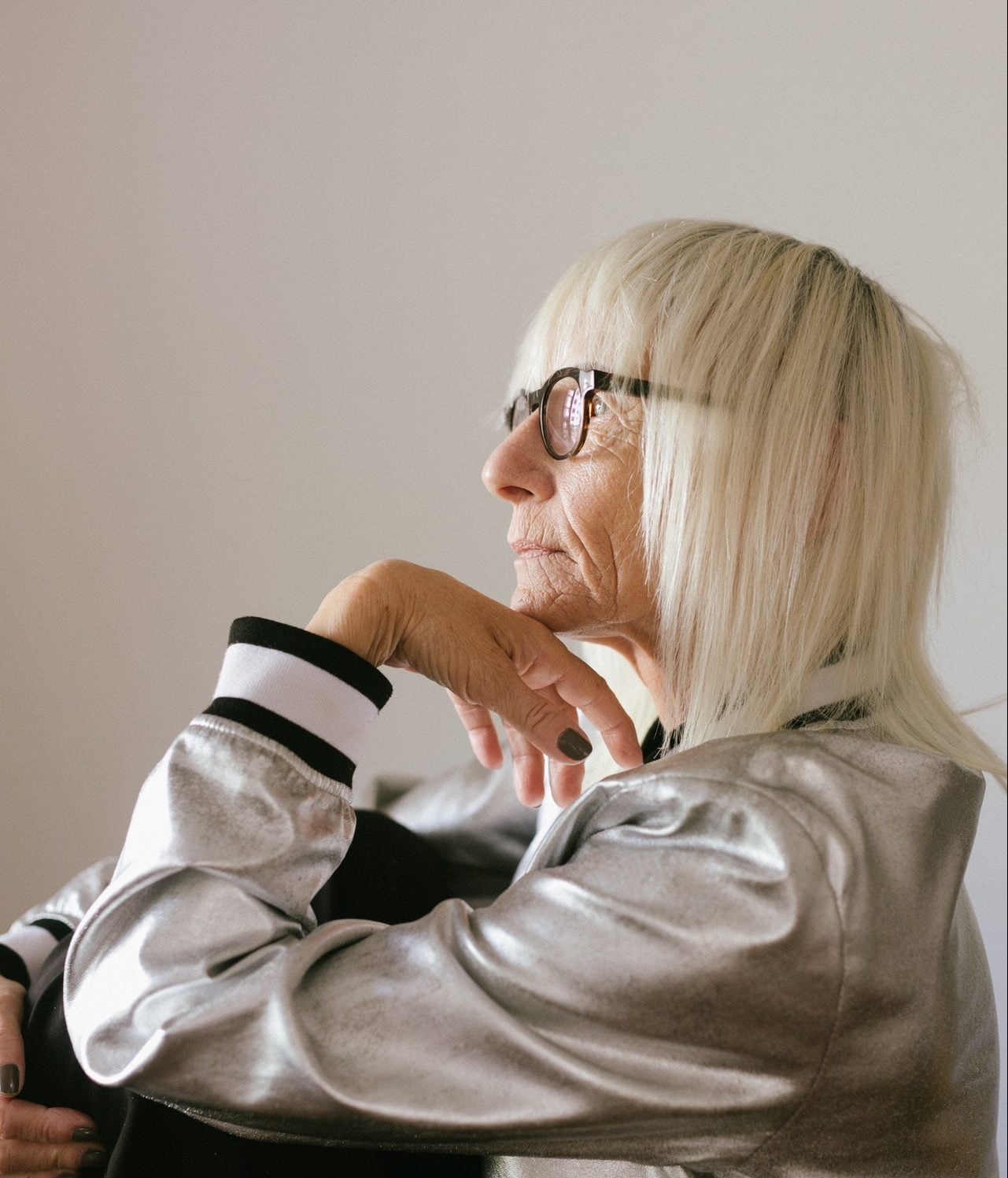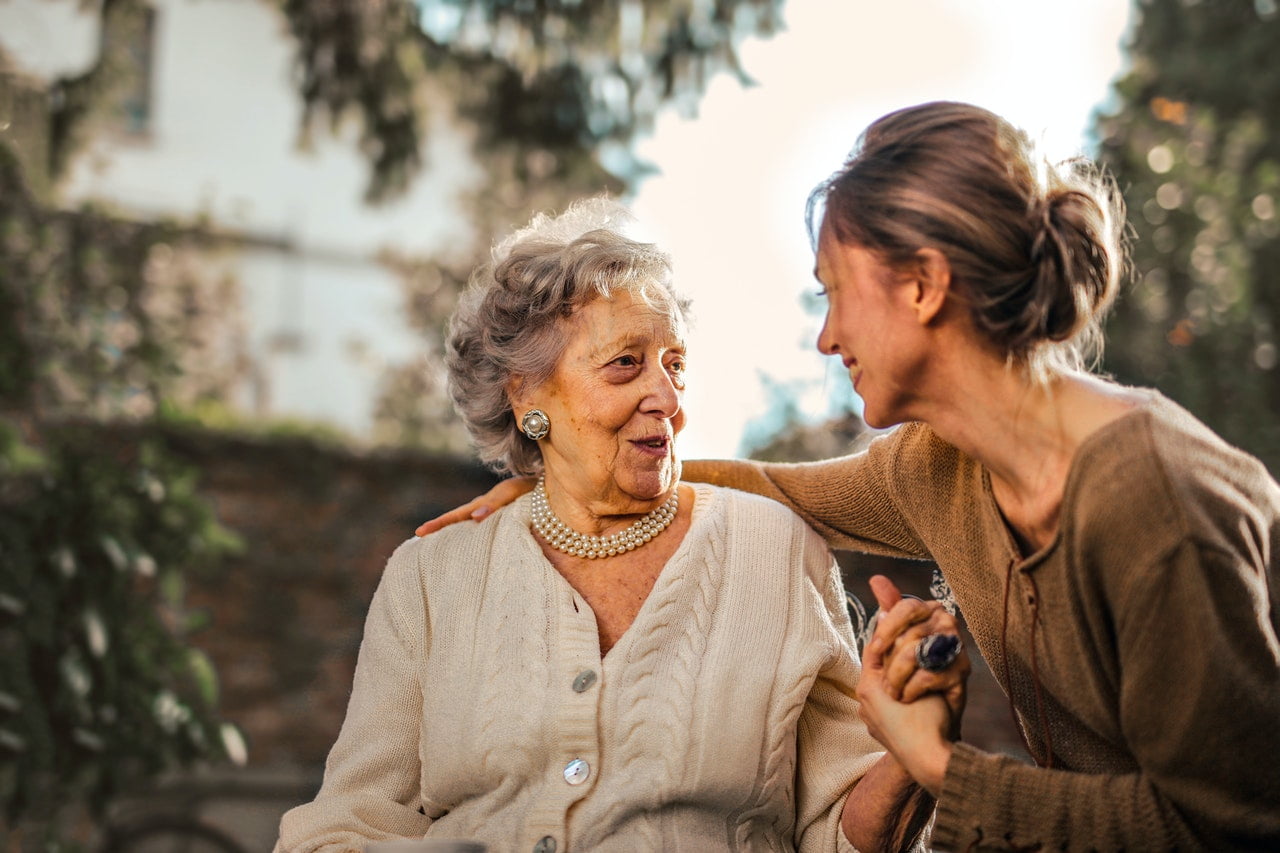We all want to be in great shape every day. However, we must also understand that our bodies undergo significant changes as we grow older. These changes can affect our knees, hips, and every other part of our body. In this article, we will examine how aging affects breasts.

Aging can change one’s breast shape, size, and health. Here is how aging affects breasts and how you can proactively avoid any adverse effects.
Everyone Suffers from Aging
Aging is a natural process. Everyone grows older each day. And you can see the effects of aging on the breasts. As you age, you will notice that the tissue and structure of your breasts are changing. After some years, your breasts will start to lose their firmness and fullness.
These changes in your breasts occur because your body is reducing the amount of estrogen it produces. This decrease of estrogen supply in the body is responsible for changes in your breasts’ appearance. As such, your breasts might start to seem smaller and lower than they were before.
Other signs of aging in the breasts include the appearance of stretch marks or wrinkles, extra space between the breasts, and the breasts looking elongated, flattened, or stretched.
However, there is no reason to worry! These changes are perfectly normal and healthy.
How the Loss of Estrogen Affects Breasts Changes
As we said earlier, estrogen is responsible for the natural changes that occur in the breasts. Estrogen is what makes your breasts to grow new tissue. As estrogen levels drop, the mammary glands begin to shrink. The tissues of the breasts then gradually turn to fat.
Symptoms of low estrogen levels include loss of breast elasticity, a dehydrated look, irregular or no periods, tenderness in the breasts, mood changes, tiredness, headaches, bone loss, and night sweats.

Hello, Menopause!
Menopause is a naturally occurring process during which your ovulation and menstruation stop. The level of estrogen production drops dramatically at menopause. According to the Office on Women’s Health, menopause is confirmed if you have not had a period for 12 continuous months or longer. This process typically occurs between the ages of 45 and 55. The average age for menopause in the United States is 52 years.
Other causes of breasts changes:
- Skin changes: As people age, their skin begins to lose fat, become thin, and develop wrinkles. These changes can become evident in the breasts as well.
- Surgery: People who underwent surgery to remove their ovaries can also experience these changes at any time due to the loss of hormones.
Not All Changes are Normal
While aging is a normal and healthy process, not all changes are normal. Consult your doctor if you notice any of these symptoms:
- Redness in the breasts
- Nipple discharge
- Lumps
- Puckering
- Swelling in any or both of the breasts
- Thickening of breast skin
This is because health risks in the breasts increase with age. The changes of developing fibroids, cysts, and tumors increases as females grow older. That is why you should be on the lookout for lumps.
While some lumps are non-cancerous, it is important to inform your doctor of any growth, pain, or changes in shape and colour. According to the American Cancer Society, females in their 20s and 30s can be affected by fibroadenomas.
Regardless of your age, examine your breasts regularly and attend regular mammograms. You can find more information on self-examining your breast here.
Preventing Breasts Changes
It is impossible to prevent breast changes from happening naturally. That said, you can slow down the appearances of those changes.
Here’s how:
- Quit smoking: If you are not a smoker, don’t become one.
- Stay healthy: Eat a balanced diet, exercise regularly, get enough sleep, and maintain a healthy body weight.
- Care for your body: Use sunscreen lotion, wear supportive bras, and stay hydrated.
Managing Breasts Changes
Breast changes are regular, and most of them do not need treatment of any kind. If you are concerned about the changes in your breasts, there are options to consider.
You can go for surgery to enhance the fullness of your breasts and reposition your nipples. If you would rather not go under the knife, there are other breast enhancement methods to try out. Here are our top alternative methods to consider, including breast enlargement creams, massages, and pills.
For stretch marks, there are no definitive remedies. With the approval of your doctor, you can try home remedies and other health products like anti-scarring oil treatment.
That said, the best course of action is to live healthily. Maintain a healthy body weight, eat well, and exercise regularly.
Final Words: Love Your Body!
Aging is a natural process. These changes are a normal part of life, and aging affects your breasts. However, if you feel uncomfortable with your changing breasts you can try natural breast enlargement methods that are safe and easy to do.
Regardless of your choice, love and care for your body!
Random Questions
To maintain youthful breasts, practice a healthy lifestyle, including regular exercise, proper hydration, and a balanced diet. Wearing supportive bras and moisturizing the skin can also help maintain elasticity and reduce signs of aging.
Older women’s breasts may appear larger due to hormonal changes, loss of elasticity, or an increase in fatty tissue as estrogen levels decrease. Genetics and weight gain can also play a role in breast size changes.
Natural ways to lift saggy breasts include exercises targeting chest muscles, maintaining a healthy weight, and using moisturizers to keep skin hydrated and elastic. Wearing supportive bras can also provide a temporary lift and improve breast appearance.
You can prevent breast sagging by maintaining a healthy weight, exercising regularly, and wearing supportive bras. Additionally, practicing good posture and avoiding smoking can help preserve skin elasticity and prevent sagging.
